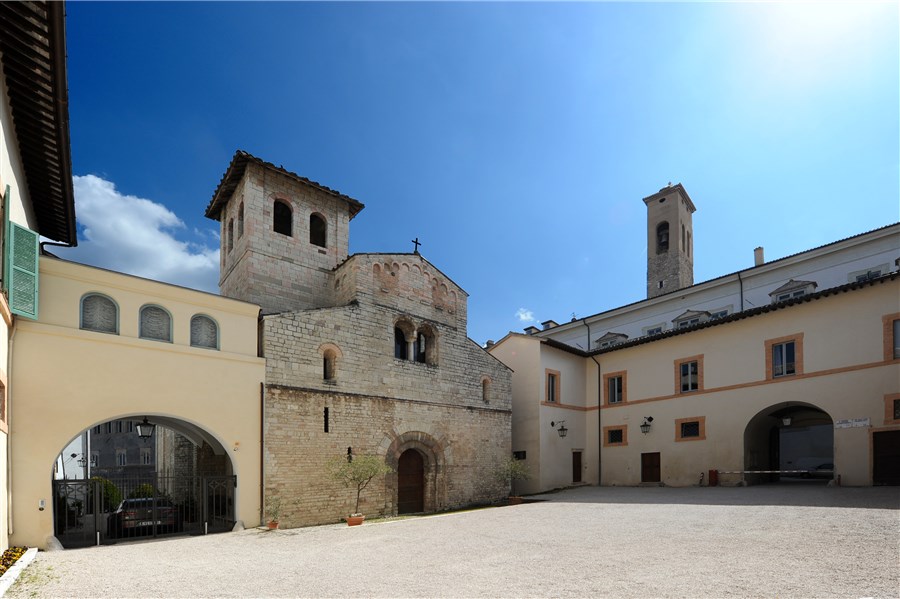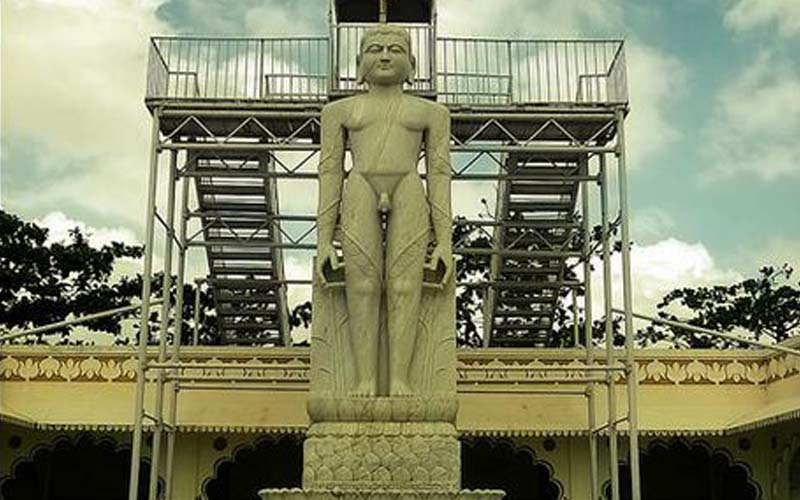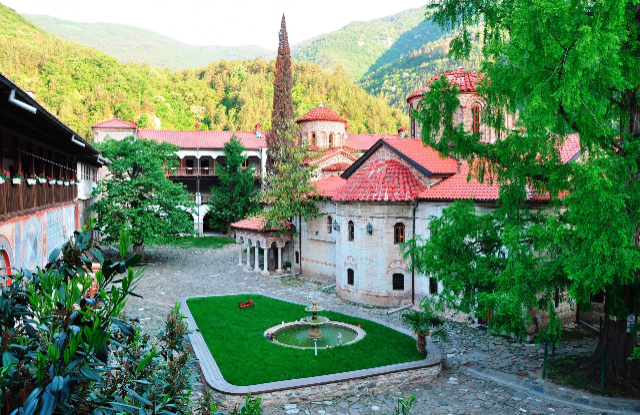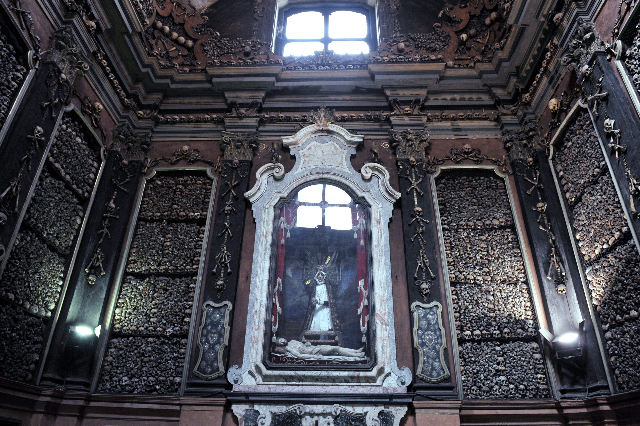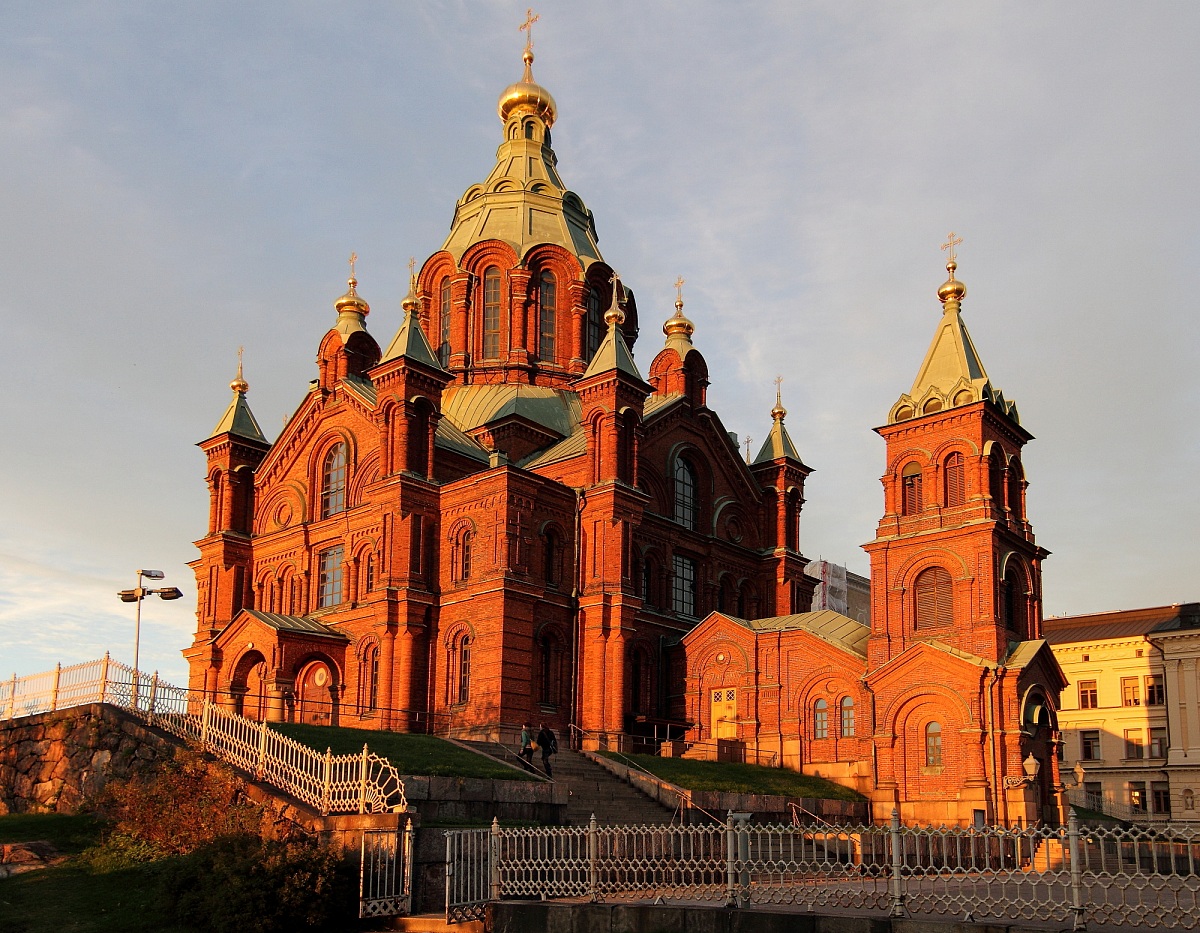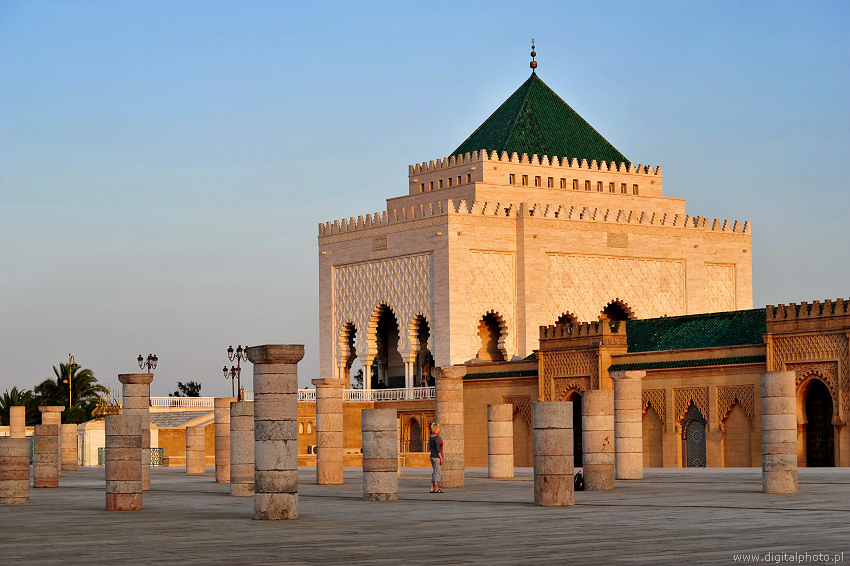The Basilica of S. Eufemia rises inside the Archiepiscopal Palace, whose area was occupied by the residence of the Lombard Dukes, as documents of the VIII and IX centuries remind us. The first news about the monastery of S. Eufemia and the annexed church dates back to the X century, when the abbess of the Monastery of S. Eufemia asked the Benedictine monk Giovanni Cassinese to write the life of S. Giovanni Archbishop of Spoleto.
Towards the middle of the twelfth century the complex was used as a Bishop’s Palace, probably following the extension of the cathedral that involved the use of the area occupied by the ancient residence of the Bishops.
Towards the end of the fourteenth century was commissioned to a modest painter to portray the complex of the Bishop’s Palace, he has left us, in the premises of the ancient chancellery, a snapshot of the complex and St. Euphemia before they began the major construction work on the structures of the building. Towards the middle of the 15th century, the diocese of Spoleto was ruled by the Patriarch of Alexandria, the Venetian Marco Condulmer, and around that time the church seems to have changed its ancient title of St. Euphemia or St. John Archbishop to that of St. Lucy, and the triptych for the high altar was made, now preserved in the Diocesan Museum.
At the end of the 15th century is attributable the painting of the semi-catin of the main apse which presents the Eternal among the cherubs.
The interior, despite the smallness of its spaces, is striking for the rightness of its rhythms and proportions: the columns and pillars, often obtained with elements from classical and early medieval buildings, punctuate the three naves; the presence of women’s galleries has been related to the tradition according to which St. Euphemia occupied the area of the ancient royal and ducal residence where, like the palatine chapel of Aachen, there were women’s galleries.
The Basilica of Sant’Eufemia can be accessed through the Diocesan Museum, set up in the representation wing of the Archbishop’s Palace.
Recently it has risen to a new and incongruous celebrity also as the church of Don Matteo, in the well-known Rai 1 TV series.
